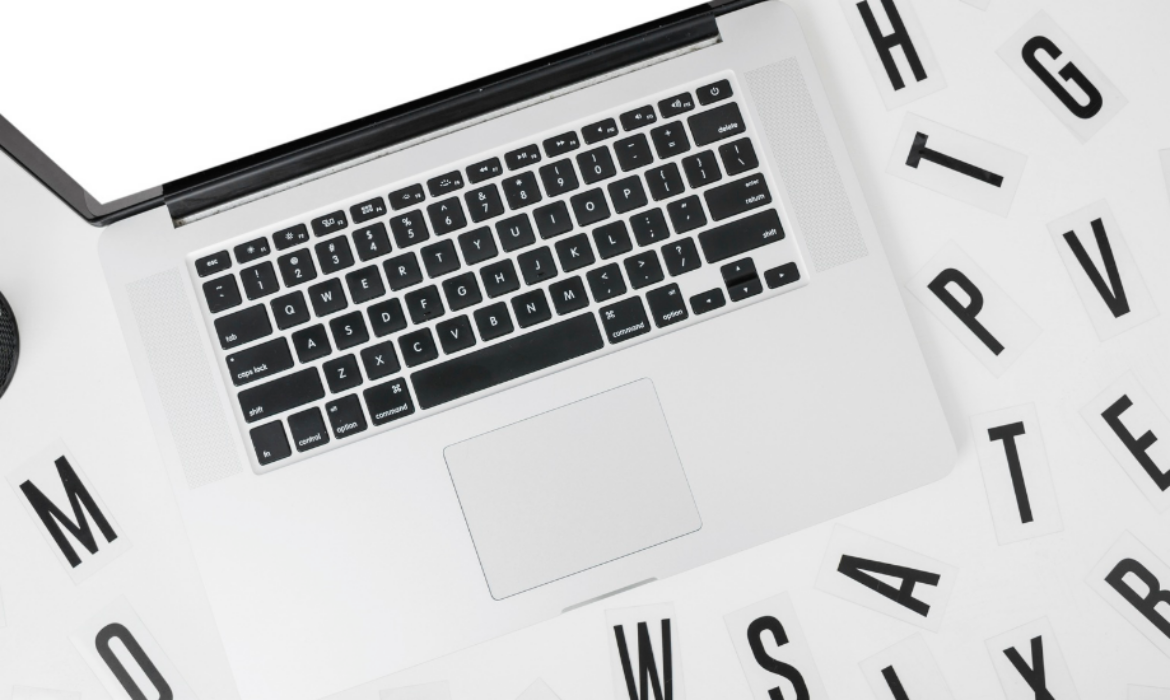Typography plays a vital role in web design, influencing how users perceive and interact with digital content. From enhancing readability to conveying brand identity, typography significantly shapes the overall user experience. In this article, we delve into the impact of typography on web design and its implications for user engagement and brand communication.
1. Readability and User Experience
One of the primary functions of typography in web design is to ensure readability. Well-chosen fonts, appropriate font sizes, line spacing, and contrast significantly affect how easily users can consume content. A clear and legible typeface improves comprehension, making it more likely for visitors to stay engaged with the website’s content. Conversely, poor typography choices can lead to frustration and drive users away.
2. Establishing Brand Identity
Typography plays a crucial role in conveying brand personality and identity online. Consistent use of fonts across different web pages helps establish brand recognition and fosters a cohesive brand image. Whether a brand aims to appear modern and innovative or traditional and reliable, typography choices can communicate these attributes effectively. Custom fonts or unique typographic treatments further differentiate a brand in a crowded digital landscape.
3. Evoking Emotions and Setting the Tone
Beyond conveying information, typography can evoke emotions and set the tone for a website. The style, weight, and spacing of fonts can convey a sense of elegance, playfulness, professionalism, or urgency, influencing how users perceive the content and the brand behind it. By aligning typography with the desired emotional response, web designers can create more immersive and memorable user experiences.
4. Accessibility and Inclusivity
Inclusive design considers diverse user needs, including those with visual impairments or reading difficulties. Typography plays a crucial role in ensuring accessibility on the web. Choosing fonts with sufficient contrast and readability, providing options for font resizing, and optimizing typography for screen readers are essential considerations for designing an inclusive web experience. By prioritizing accessibility in typography choices, designers can reach a broader audience and create a more equitable online environment.
5. Responsive Design and Typography
With the proliferation of mobile devices, responsive web design has become essential. Typography must adapt seamlessly across various screen sizes and resolutions to maintain readability and visual appeal. Responsive typography techniques, such as fluid typography and viewport units, allow text to scale appropriately, ensuring optimal legibility across devices. By prioritizing responsive typography, designers can deliver a consistent and enjoyable user experience across desktops, tablets, and smartphones.
Conclusion
Typography significantly influences how users perceive and interact with digital content, making it a crucial element of web design. From enhancing readability and establishing brand identity to evoking emotions and ensuring accessibility, typography shapes the overall user experience in profound ways. By understanding the impact of typography and leveraging it effectively, web designers can create engaging, accessible, and memorable online experiences that resonate with users.




